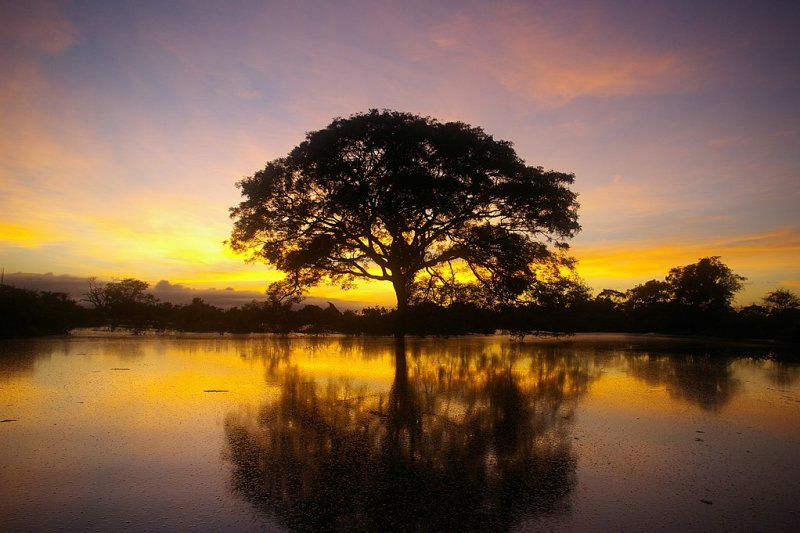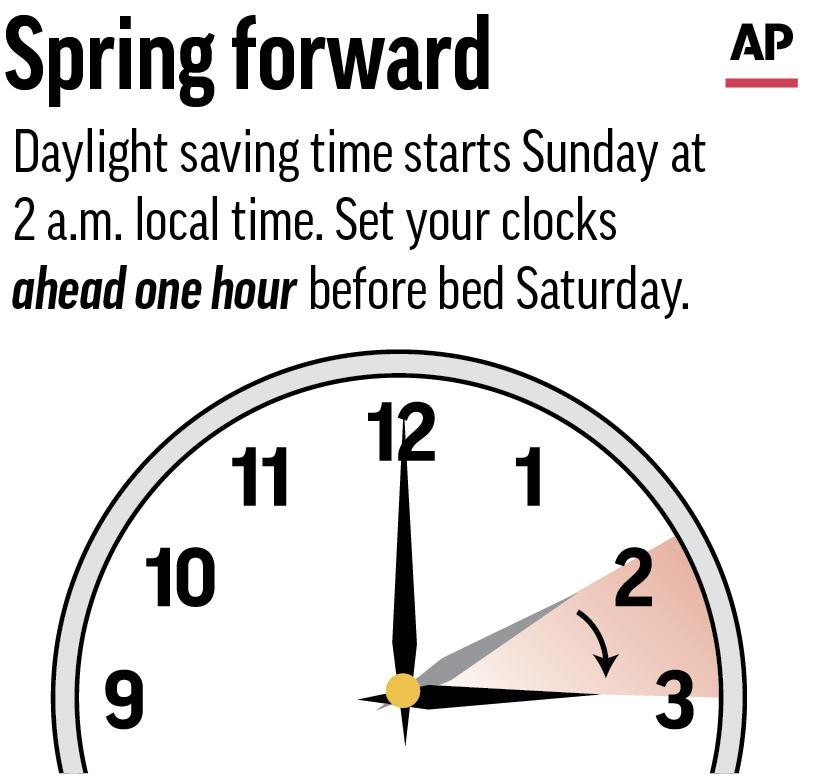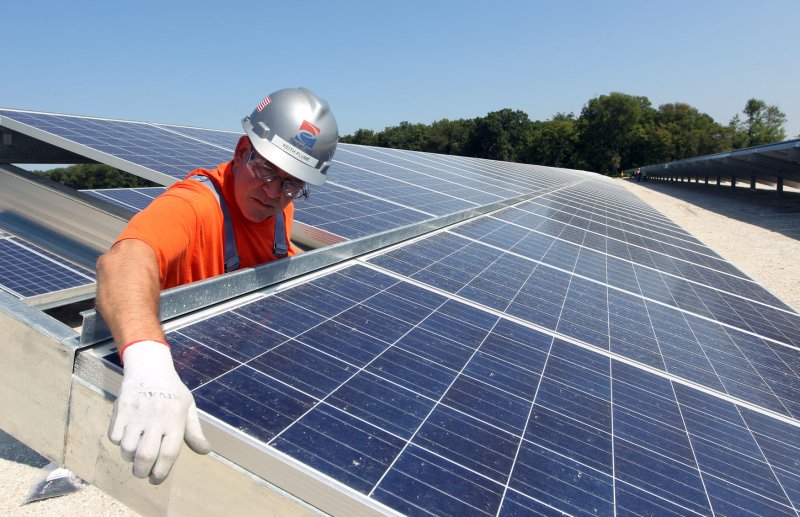MLB LOCKOUT OVER, CBA AGREED TO
Test for MLB players will be how deal looks to them in ’26By RONALD BLUM

Chicago White Sox minor league outfielder Duke Ellis prepares for batting practice during a minor league baseball spring training workout Thursday, March 10, 2022, in Phoenix. (AP Photo/Ross D. Franklin)
NEW YORK (AP) — Now comes the test: Will baseball players be happy with their new collective bargaining agreement in 2026?
They clearly were unhappy with the just-expired five-year contract, which saw payrolls drop to their lowest level since 2015.
The agreement reached Thursday raises the competitive-balance tax threshold by $34 million over five years, up from a $21 million hike over the 2017-21 deal and an $11 million rise from 2011-16.
“I think that the MLBPA historically has wanted a market-based system. Over multiple negotiations that has been a primary objective of theirs,” baseball Commissioner Rob Manfred said after Thursday’s deal ended a 99-day lockout.
“Markets produce market results. And I think that the changes that were made in this agreement moved dramatically in their direction on topics like the CBT threshold, and I think you’ll probably see a little different market results as a result of the changes.”
Young star players were the biggest beneficiary of the deal.
Shohei Ohtani earned $545,000 in 2018, when he was voted AL Rookie of the Year. Had the new agreement been in place then, he would have earned an additional $750,000.
Cody Bellinger was at $605,000 in 2019, when he won NL MVP. Under the new deal, he would have gotten an extra $2.5 million.
The minimum salary goes up from $570,500 to $700,000, a 22.7% rise that is the largest in a single season since 2003.
The union also hopes the deal boosts the middle: The median salary was $1.15 million at the start of last season, according to calculations by The Associated Press, down 30% from the $1.65 million record high at the start of 2015.
“The deal pushes the game forward,” Yankees pitcher Gerrit Cole, a member of the union’s executive subcommittee, said in an telephone interview with the AP. “It addresses a lot of the things that the players in the game should be focused on: the competitive integrity aspect of it.”
Veteran players in leadership hoped to get more. The union’s executive subcommittee voted 8-0 against the deal: Zack Britton, Jason Castro, Cole, Francisco Lindor, Andrew Miller, James Paxton, Max Scherzer and Marcus Semien. Five of the eight are represented by agent Scott Boras, and Castro, at $3.5 million, is the only one of the eight who earned under $12 million last year.
Team player representatives voted 26-4 in favor, leaving the overall player executive committee vote 26-12 to approve.
“You call it a division, I call it a healthy dialogue and conversation,” union head Tony Clark said at a news conference Friday,
Clark and Manfred notably did not have a joint news conference. Clark chose to wait a day for his.
“I spoke to Tony after their ratification vote. I told him that I thought we had a great opportunity for the game in front of us,” Manfred said. “One of the things that I’m supposed to do is promote a good relationship with our players. I’ve tried to do that. I think that I have not been successful in that. I think that it begins with small steps.”
Clark said Manfred called him on Thursday to congratulate him on the union’s ratification vote.
“There’s a lot of work to do moving forward with respect to where our game is at and where we need to head,” Clark said.
___
Play ball! MLB players reach deal, salvage 162-game season
By RONALD BLUM

1 of 10
By RONALD BLUM

1 of 10
Baseball Commissioner Rob Manfred holds a news conference after baseball players and owners voted to approve a new labor agreement, Thursday March 10, 2022, in New York. “I am genuinely thrilled to say Major League Baseball is back and we're going to play 162 games,” Manfred said. “I want to start by apologizing to our fans. I know the last few months have been difficult.”
(AP Photo/Bebeto Matthews)
NEW YORK (AP) — Major League Baseball’s players and owners ended their most bitter money fight in a quarter-century Thursday when the players’ association accepted management’s offer to salvage a 162-game season that will start April 7.
The work stoppage ended at 7 p.m. sharp, closing an acrimonious 99-day lockout that delayed spring training and threatened to cancel regular-season games for the first time since 1995.
Training camps in Florida and Arizona will open Friday, with players mandated to report by Sunday. Opening day was pushed back just over a week from its March 31 date, but all that might be forgetten when the Yankees’ Aaron Judge digs in against the rival Red Sox, or Shohei Ohtani eschews the new universal designated hitter and plays both ways for the Angels
“I do want to start by apologizing to our fans,” Commissioner Rob Manfred said, his voice quavering at times, later adding: “I hope that the players will see the effort we made to address their concerns in this agreement as an olive branch in terms of building a better relationship.”
A frenzy of free-agency action was expected. A freeze on roster transactions was dissolved Thursday night, spurring a wave of speculation about new homes for Carlos Correa, Freddie Freeman and more than 100 other free agents who had been kept in lockout limbo.
The deal brings major changes that include expansion of the DH to the National League, increasing the postseason from 10 teams to 12, advertisements on uniforms, a balanced schedule that reduces intradivision play starting in 2023 and measures aimed to incentivize competition and decrease rebuilding, such as an amateur draft lottery. Most of the labor fight, of course, centered on the game’s core economics.
The players’ executive board approved the five-year contract at about 3 p.m. in a 26-12 vote. Owners ratified the deal 30-0 just three hours later, and just like that, baseball’s ninth work stoppage ended.
Not that all is resolved. Union head Tony Clark did not appear alongside Manfred and scheduled a separate news conference for Friday, a visible sign of the sport’s factions.
“Our union endured the second-longest work stoppage in its history to achieve significant progress in key areas that will improve not just current players’ rights and benefits, but those of generations to come,” Clark said in a statement.
Manfred pledged “maybe to more regularly get to the bottom of player concerns so that they don’t build up.”
“I spoke to Tony after their ratification vote. I told him that I thought we had a great opportunity for the game in front of us.” Manfred said. “One of the things that I’m supposed to do is promote a good relationship with our players. I’ve tried to do that. I think that I have not been successful in that. I think that it begins with small steps.”
Players’ pictures that had been scrubbed from the league’s website were restored. Teams tweeted videos and statements celebrating the lockout’s end and sharing info about tickets for the new opening day.
The 184 games canceled by Manfred were instead postponed, and the regular season was extended by three days to Oct. 5. Approximately three games per team will be made up as part of doubleheaders.
With pitchers Max Scherzer and Andrew Miller taking prominent roles as union spokesmen, players let three management deadlines pass — Manfred called them “the art of collective bargaining” — before accepting an agreement before the fourth.
While the union’s executive subcommittee voted 8-0 against the deal — all earned $3.5 million or more last year — player representatives were in favor by 26-4.
“Time and economic leverage. No agreement comes together before those two things play out,” Manfred said. “I think we made an agreement when it was possible to make an agreement.”
After narrowing the economic gap this week, MLB made another offer Thursday afternoon, saying this was the absolute, final, last moment to preserve full salary and service time.
“The deal pushes the game forward,” Yankees pitcher Gerrit Cole, a member of the union’s executive subcommittee, said in an telephone interview with the AP. “It addresses a lot of the things that the players in the game should be focused on: the competitive integrity aspect of it.”
The union especially wanted to boost pay of young players and enourage teams not to delay their debuts in order to push back free agency.
Under the new postseason format, two division winners from each league receive first-round byes and the remaining four teams play in a best-of-three wild card round.
The deal allows teams to have advertising on uniforms and helmets for the first time and established a fast-track MLB-dominated rules committee that could recommend a pitch clock and limits on defensive shifts starting in 2023. Tiebreaker games for playoff berths have been eliminated, replaced by mathematical formulas.
The luxury tax threshold rises from $210 million last year to $230 million this season, the largest yearly increase since that restraint began in 2003. The threshold rises to $244 million by 2026, a loosening for the biggest spenders such as the Yankees, Mets, Dodgers and Red Sox. The 3% annual growth is well over the 2.1% during the expired contract and the 1.2% in the 2011 deal.
Tax rates remain unchanged at the initial threshold, second and third thresholds. A new fourth threshold, aimed at billionaire New York Mets owner Steve Cohen, starts $80 million above the first and has rates of 80% for the first offender, 90%, for the second and 110% for the third.
The minimum salary rises from $570,500 to $700,000 this year, a 22.7% rise that is the highest since 2003, with $20,000 annual increases each season.
A new $50 million bonus pool was established for players not yet eligible for arbitration, a way to boost salaries for young stars.
While the sides preserved a full regular season, the cost was rancor that cast both owners and players as money obsessed. Spring training was disrupted for the third straight year following two exhibition seasons altered by the coronavirus pandemic.
“People can go to the ballpark. That will help,” Cole said. “Maybe some people will go to the ballpark to tell us know how they feel negatively. That’s their right to do as well. I will say that nobody wants it to go this way. And some of the hurdles we’ve had to jump through over the last few weeks have not necessarily been ill will but just due process.
“It’s just a very democratic process and some of these sorts of things take some time. But I think everybody is tremendously excited to get back and tremendous excited to get back in front of the fans.”
___
More AP MLB: https://apnews.com/hub/MLB and https://twitter.com/AP_Sports
NEW YORK (AP) — Major League Baseball’s players and owners ended their most bitter money fight in a quarter-century Thursday when the players’ association accepted management’s offer to salvage a 162-game season that will start April 7.
The work stoppage ended at 7 p.m. sharp, closing an acrimonious 99-day lockout that delayed spring training and threatened to cancel regular-season games for the first time since 1995.
Training camps in Florida and Arizona will open Friday, with players mandated to report by Sunday. Opening day was pushed back just over a week from its March 31 date, but all that might be forgetten when the Yankees’ Aaron Judge digs in against the rival Red Sox, or Shohei Ohtani eschews the new universal designated hitter and plays both ways for the Angels
“I do want to start by apologizing to our fans,” Commissioner Rob Manfred said, his voice quavering at times, later adding: “I hope that the players will see the effort we made to address their concerns in this agreement as an olive branch in terms of building a better relationship.”
A frenzy of free-agency action was expected. A freeze on roster transactions was dissolved Thursday night, spurring a wave of speculation about new homes for Carlos Correa, Freddie Freeman and more than 100 other free agents who had been kept in lockout limbo.
The deal brings major changes that include expansion of the DH to the National League, increasing the postseason from 10 teams to 12, advertisements on uniforms, a balanced schedule that reduces intradivision play starting in 2023 and measures aimed to incentivize competition and decrease rebuilding, such as an amateur draft lottery. Most of the labor fight, of course, centered on the game’s core economics.
The players’ executive board approved the five-year contract at about 3 p.m. in a 26-12 vote. Owners ratified the deal 30-0 just three hours later, and just like that, baseball’s ninth work stoppage ended.
Not that all is resolved. Union head Tony Clark did not appear alongside Manfred and scheduled a separate news conference for Friday, a visible sign of the sport’s factions.
“Our union endured the second-longest work stoppage in its history to achieve significant progress in key areas that will improve not just current players’ rights and benefits, but those of generations to come,” Clark said in a statement.
Manfred pledged “maybe to more regularly get to the bottom of player concerns so that they don’t build up.”
“I spoke to Tony after their ratification vote. I told him that I thought we had a great opportunity for the game in front of us.” Manfred said. “One of the things that I’m supposed to do is promote a good relationship with our players. I’ve tried to do that. I think that I have not been successful in that. I think that it begins with small steps.”
Players’ pictures that had been scrubbed from the league’s website were restored. Teams tweeted videos and statements celebrating the lockout’s end and sharing info about tickets for the new opening day.
The 184 games canceled by Manfred were instead postponed, and the regular season was extended by three days to Oct. 5. Approximately three games per team will be made up as part of doubleheaders.
With pitchers Max Scherzer and Andrew Miller taking prominent roles as union spokesmen, players let three management deadlines pass — Manfred called them “the art of collective bargaining” — before accepting an agreement before the fourth.
While the union’s executive subcommittee voted 8-0 against the deal — all earned $3.5 million or more last year — player representatives were in favor by 26-4.
“Time and economic leverage. No agreement comes together before those two things play out,” Manfred said. “I think we made an agreement when it was possible to make an agreement.”
After narrowing the economic gap this week, MLB made another offer Thursday afternoon, saying this was the absolute, final, last moment to preserve full salary and service time.
“The deal pushes the game forward,” Yankees pitcher Gerrit Cole, a member of the union’s executive subcommittee, said in an telephone interview with the AP. “It addresses a lot of the things that the players in the game should be focused on: the competitive integrity aspect of it.”
The union especially wanted to boost pay of young players and enourage teams not to delay their debuts in order to push back free agency.
Under the new postseason format, two division winners from each league receive first-round byes and the remaining four teams play in a best-of-three wild card round.
The deal allows teams to have advertising on uniforms and helmets for the first time and established a fast-track MLB-dominated rules committee that could recommend a pitch clock and limits on defensive shifts starting in 2023. Tiebreaker games for playoff berths have been eliminated, replaced by mathematical formulas.
The luxury tax threshold rises from $210 million last year to $230 million this season, the largest yearly increase since that restraint began in 2003. The threshold rises to $244 million by 2026, a loosening for the biggest spenders such as the Yankees, Mets, Dodgers and Red Sox. The 3% annual growth is well over the 2.1% during the expired contract and the 1.2% in the 2011 deal.
Tax rates remain unchanged at the initial threshold, second and third thresholds. A new fourth threshold, aimed at billionaire New York Mets owner Steve Cohen, starts $80 million above the first and has rates of 80% for the first offender, 90%, for the second and 110% for the third.
The minimum salary rises from $570,500 to $700,000 this year, a 22.7% rise that is the highest since 2003, with $20,000 annual increases each season.
A new $50 million bonus pool was established for players not yet eligible for arbitration, a way to boost salaries for young stars.
While the sides preserved a full regular season, the cost was rancor that cast both owners and players as money obsessed. Spring training was disrupted for the third straight year following two exhibition seasons altered by the coronavirus pandemic.
“People can go to the ballpark. That will help,” Cole said. “Maybe some people will go to the ballpark to tell us know how they feel negatively. That’s their right to do as well. I will say that nobody wants it to go this way. And some of the hurdles we’ve had to jump through over the last few weeks have not necessarily been ill will but just due process.
“It’s just a very democratic process and some of these sorts of things take some time. But I think everybody is tremendously excited to get back and tremendous excited to get back in front of the fans.”
___
More AP MLB: https://apnews.com/hub/MLB and https://twitter.com/AP_Sports











